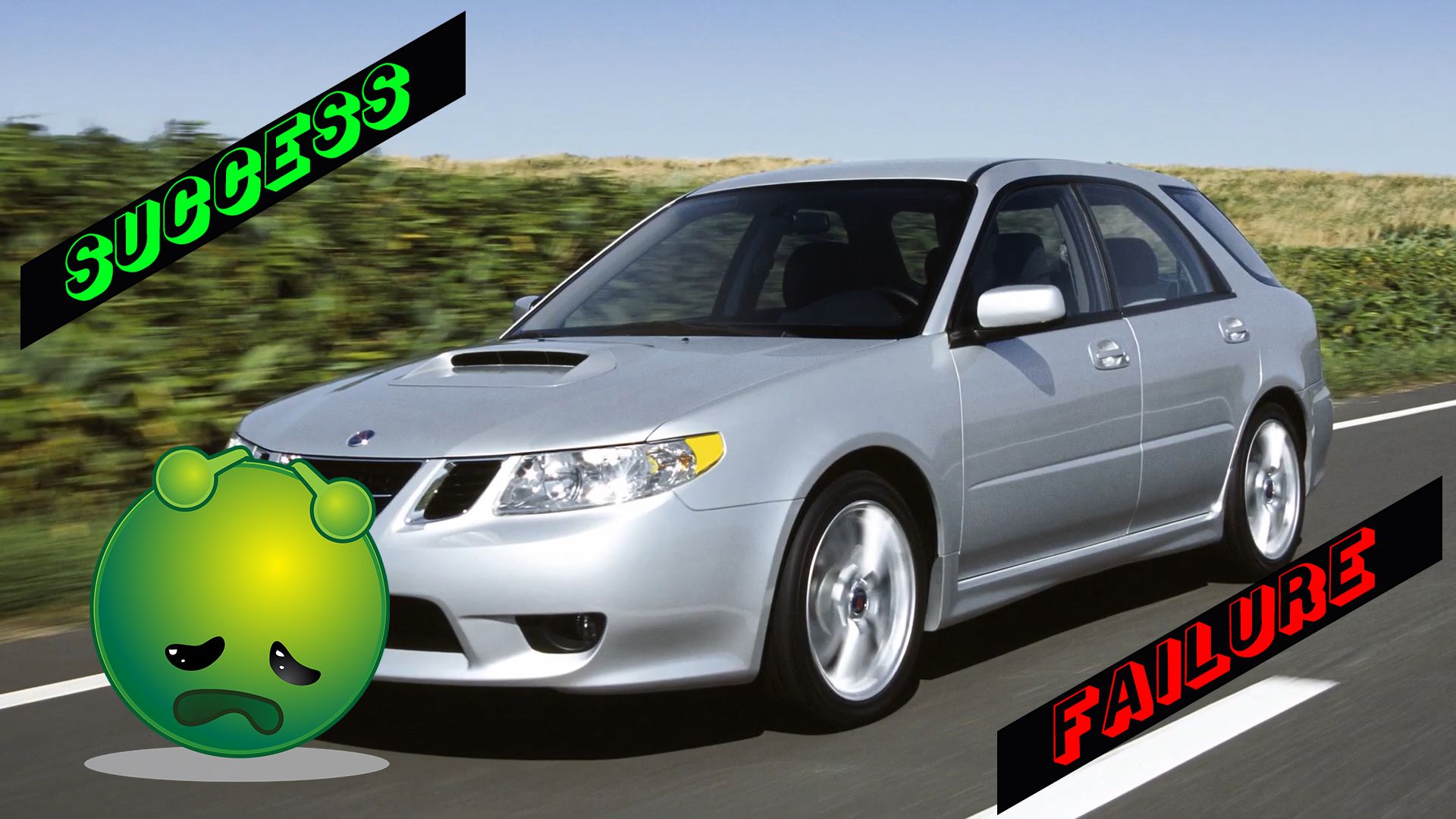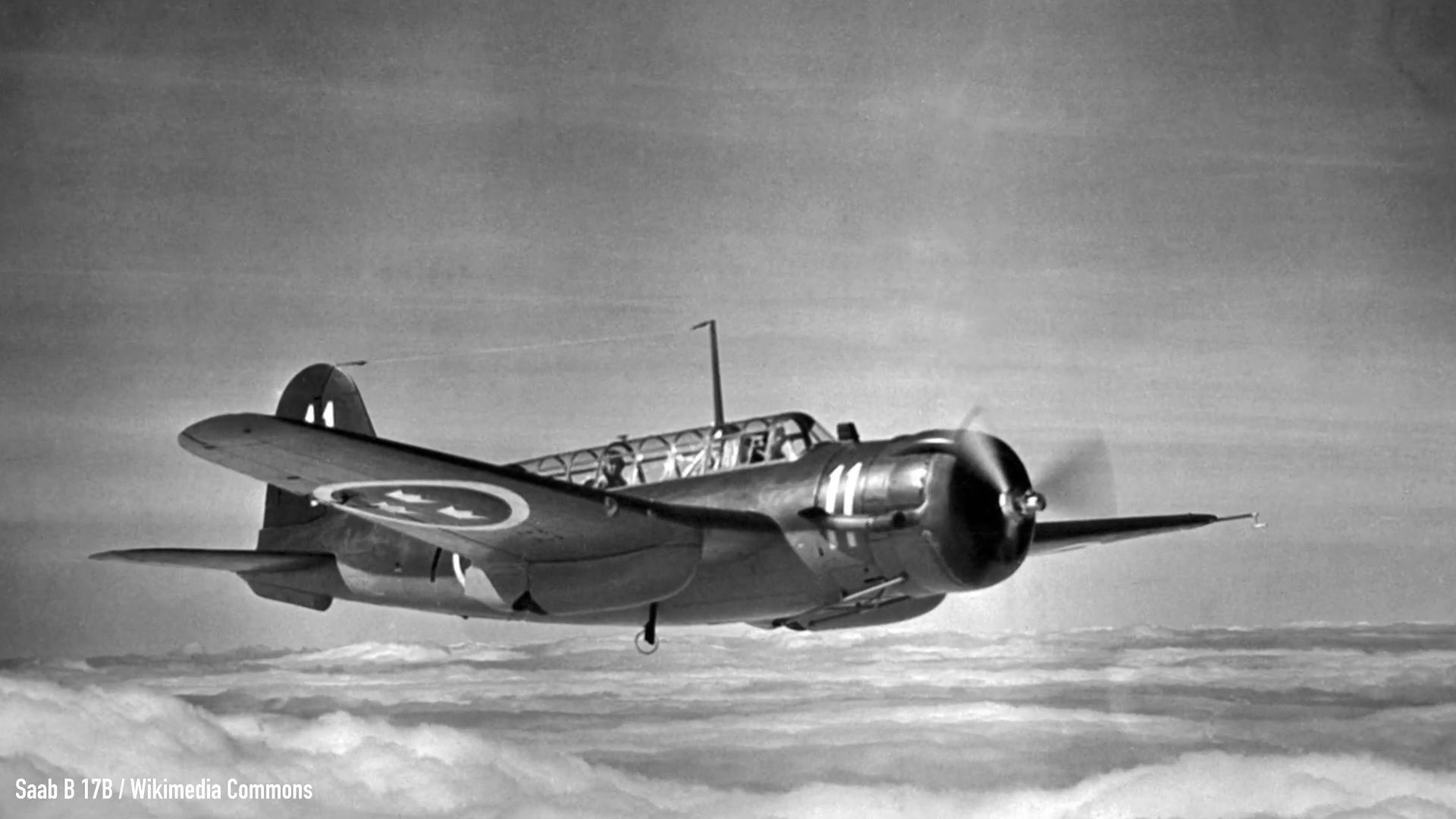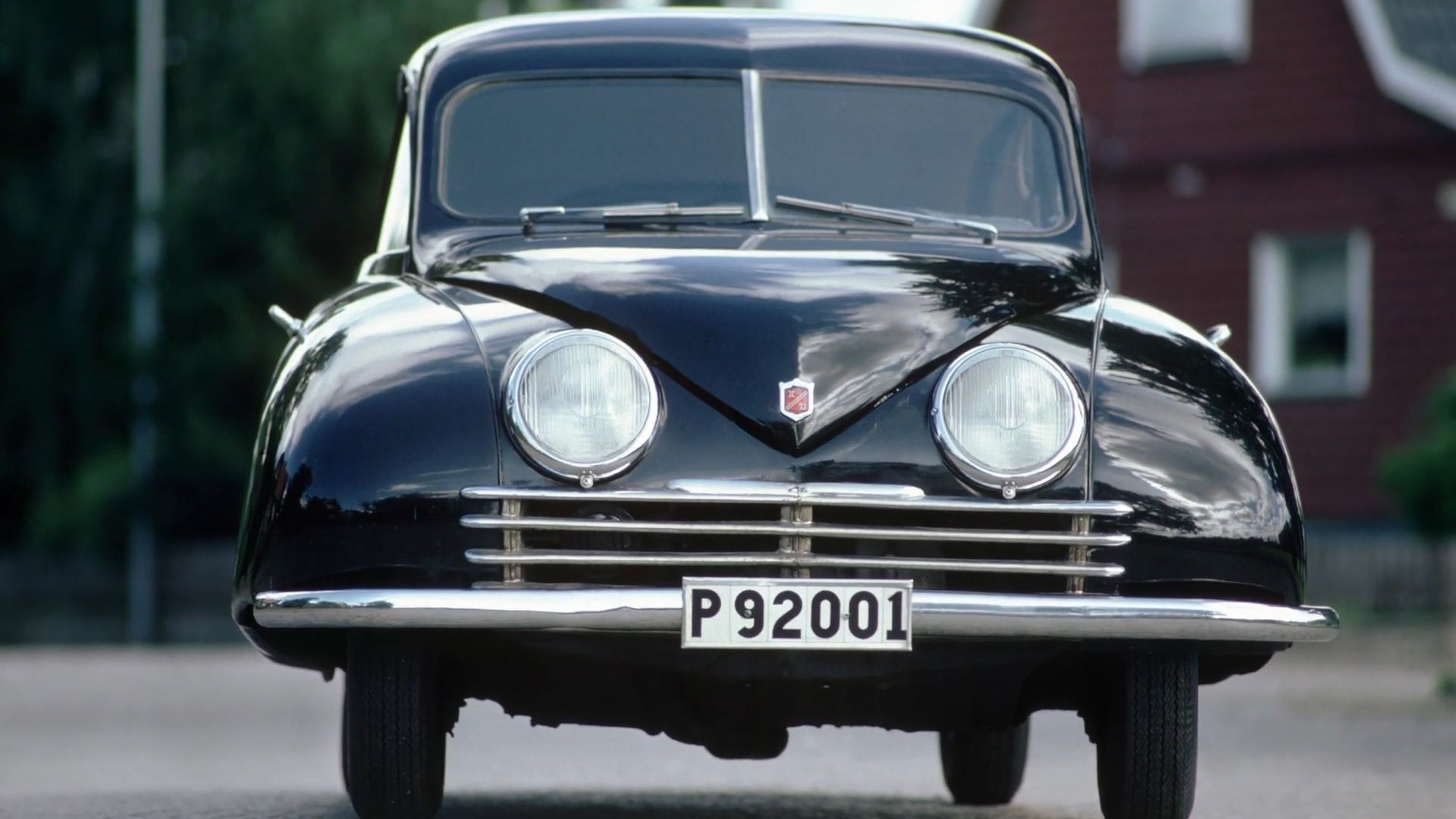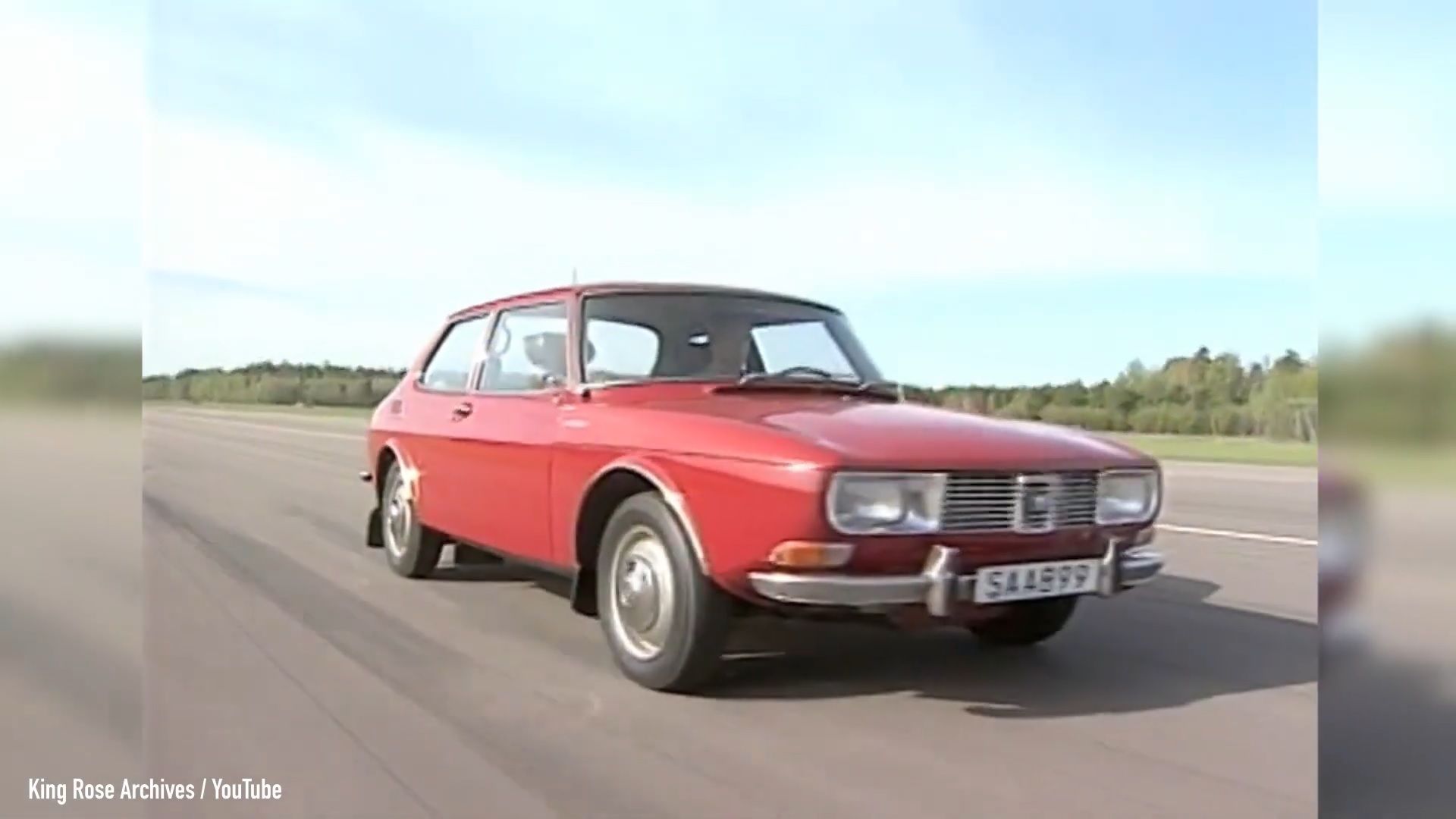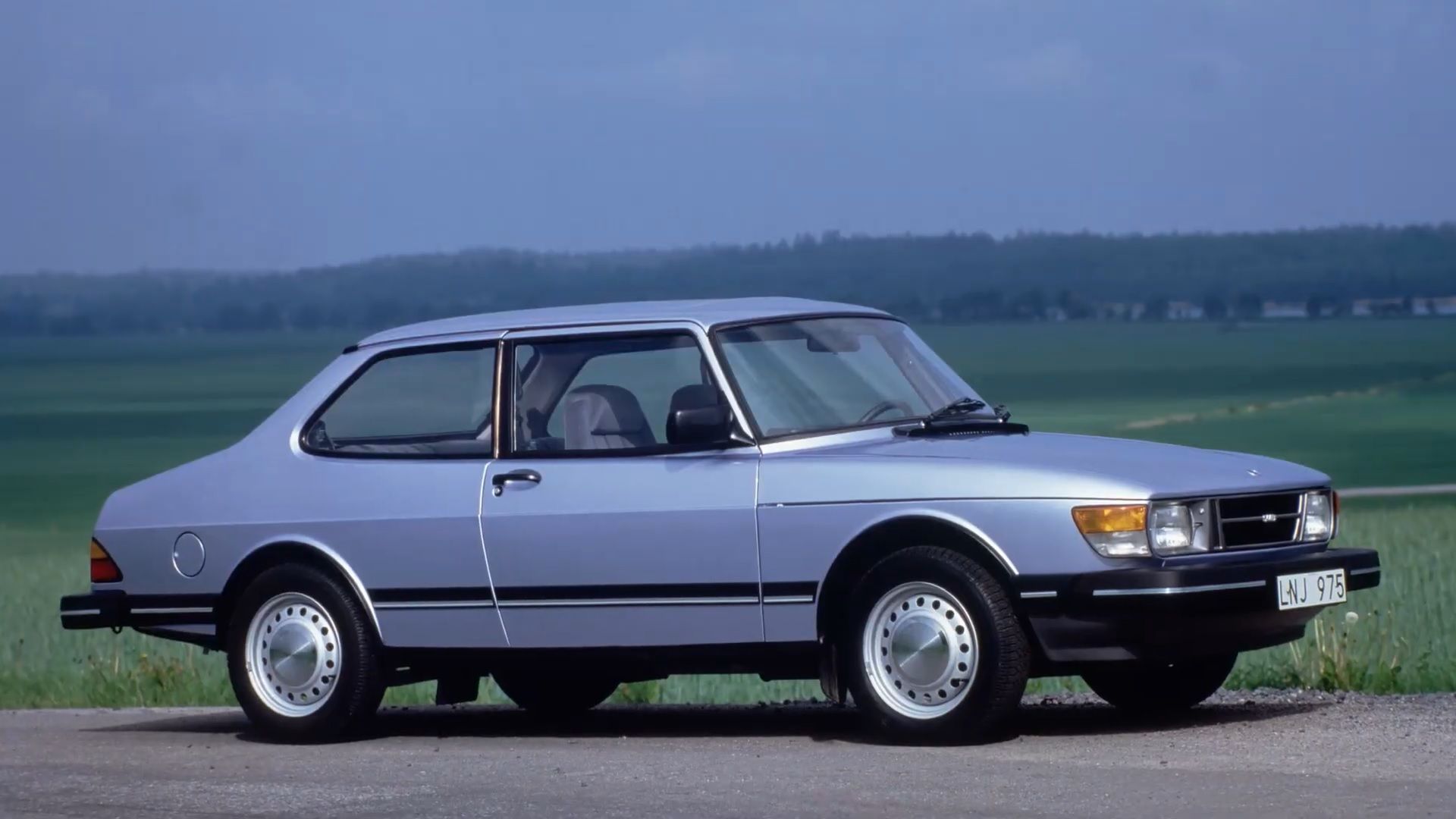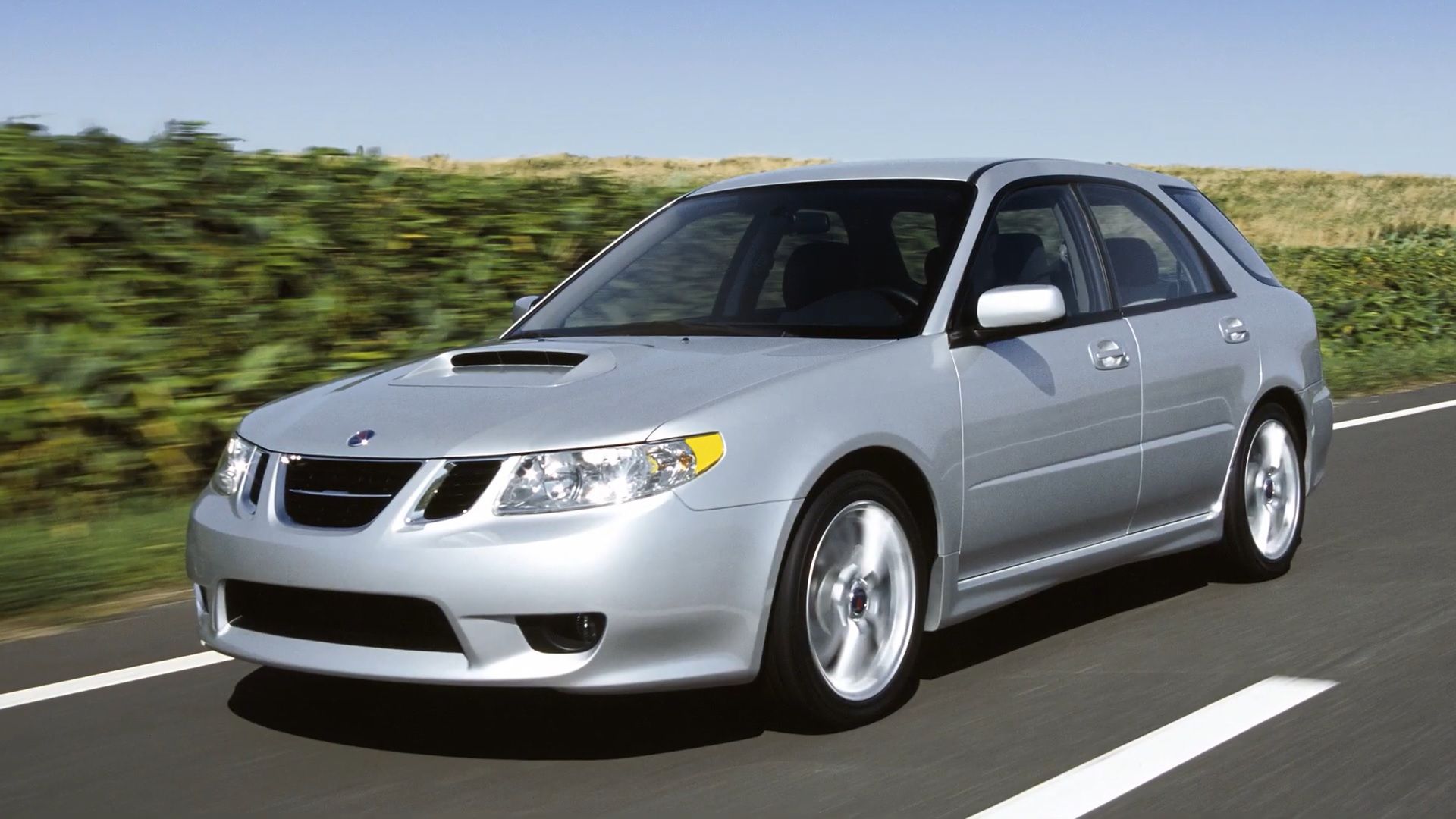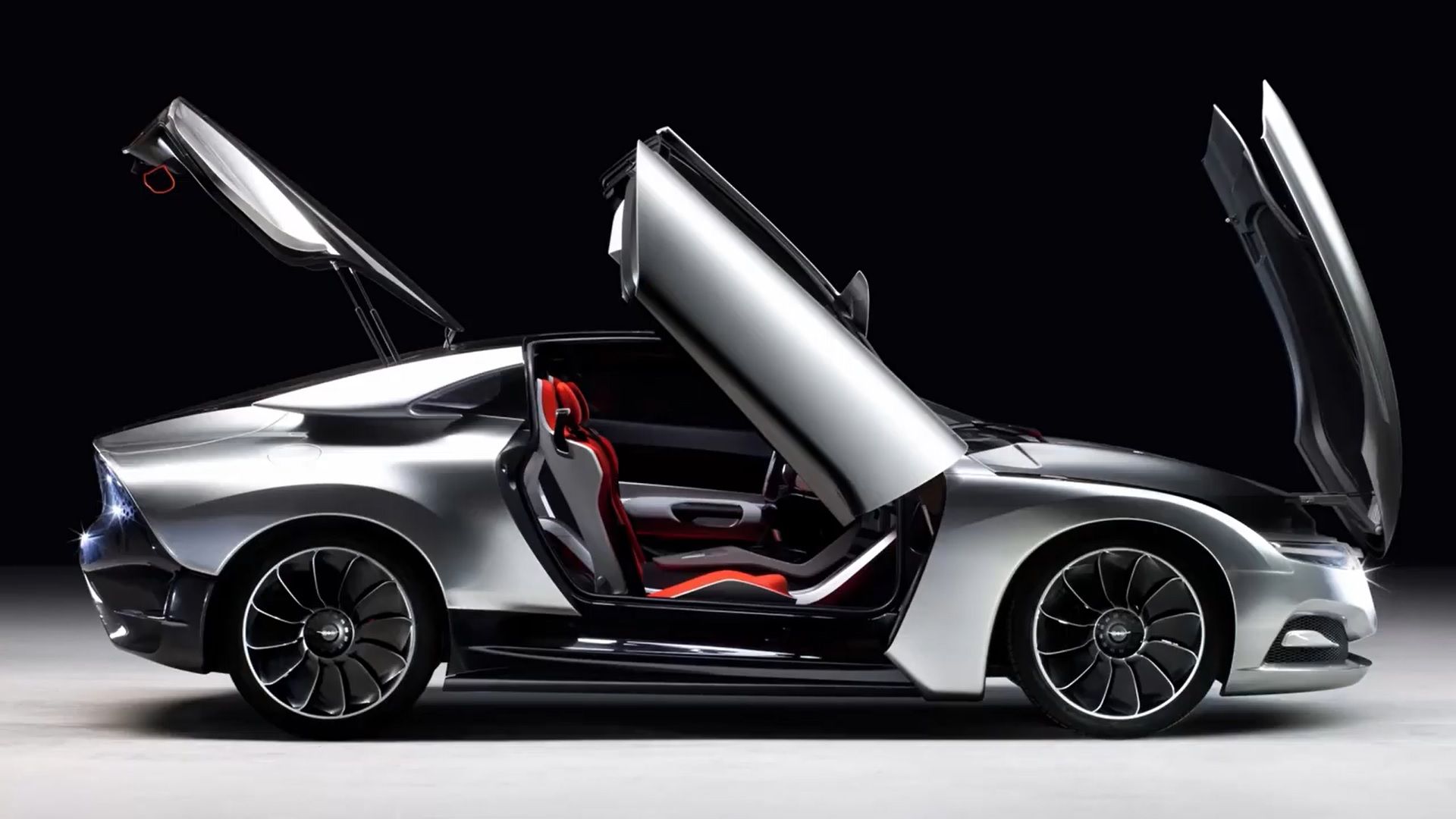Made by trolls in Trollhattan, this is the story of one of the greatest car companies in the world - from birth to success and then to its death and troubled resurrection. Today, we’re going to talk about how SAAB went from a safety and Turbo icon to just another General Motors casualty, like Pontiac, Saturn, and Oldsmobile.
The enhanced 92, also called 92B, came in ‘53, and it offered a boot lid for the first time, which meant you could get to your luggage from the outside of the car. Cool, right? Also, new colors were added to the options list: grey, blue-grey, black, and maroon. What a joyous palette, I know. The 92’s successor came in 1955. Dubbed Saab 93, it was the Swedes’ first exported model. Then, in 1959 came the 95, the company’s first family-focused vehicle, which was now available with a 1.5-liter V4 engine sourced from Ford, instead of the ageing two-stroke DKW unit used before.
Saab’s 20 Years of Success
The first taste of success came at the beginning of the 1960’s, when Saab launched the 96 - a car that would make the Swedish brand known worldwide for its safe and rally-capable vehicles. In fact, Erik Carlsson won the Monte Carlo Rally twice at the wheel of a Saab 96 - in 1962 and 1963. All was well and good for the Swedes until this point, but there was one problem. All of their cars made until 1980, when the 96 went out of production, were based on the quirky Ursaab prototype from 1947. Crazy, right?
In other words, making another new car on a 30 year-old platform didn’t really make sense going forward, so work began on Project Gudmund, which would come to fruition in November 1967, when Saab presented the all-new 99 in Stockholm.
Every gearhead in the world knows how a Saab looks if you show him the 99, but the smart Swedes were quite ingenious during the testing period of this new car, when they tried to hide the truth from the world. In fact, they used widened 96 mules in the beginning, which were actually called Toads, and later they slapped Daihatsu badges on the test vehicles in order to fool curious pedestrians.
Think about it - now almost all car makers use this trick of hiding a new car under the skin of an existing one, but Saab did this 50 years ago.
Saab’s Fall From Fame
With the introduction of the all-new Saab 9000 in 1984 - the same year as the facelifted 90 - began the downfall of the famous Swedish car maker. You see, the swedes partnered with Fiat for whatever reason to make a big car that would be a good fit for the American market. In the eyes of the Italians, this would merely be a badge-engineered Lancia Thema, Alfa Romeo 164, or Fiat Croma.
But Saab had other ideas.
When engineers from both camps got back the results from the crash tests, the people from Lacia said they were “perfect”. The Saab people described them as being “not good at all”, so the 9000 got bigger wheels, thicker steel for the bodywork, and a completely different rear axle, among other things.
In the end, just seven parts are interchangeable between the Saab 9000 and the Lancia Thema.
Of course, all these changes meant Saab was hemorrhaging money, but the Swedes thought that the safety of their customers was above all else, so they sold every single 9000 at a loss for the company. Not a very good thing to do if you want to, you know, make money and survive.
Saab made a similar move a couple of years later, after it was bought by General Motors and Investor AB - each owning 50% of the Swedish company after the Saab-Scania group was restructured into separate entities.
Saab Was Never Meant to be A Luxury Brand, But American’s Thought Otherwise
The Americans brought a lot of financial know-how to the table, which Saab apparently lacked in those days, and thought that the Swedish maker would make a good luxury brand.
And so, in 1994 came the second-generation Saab 900, built under GM’s umbrella, which was heavily based on the Opel Vectra of the time. A year later, the Swedish automaker turned a profit for the first time in seven years, so things were going well.
So what’s in store for the future? Well, Saab as a brand is as dead as a rock. But Evergrande, the owner of NEVS, wants to become one of the biggest suppliers of electric car know-how, so it has apparently invested a lot of money into two new electric models, which will presumably be built with input from Koenigsegg.
Yeah, the same Koenigsegg that once tried to buy Saab.
Nothing has happened yet, although there are two models out there in the wild that show how those cars could look, and they’re not bad at all. And there you have it. The short story of how one of the coolest and most interesting car brands went into the ground.
I myself have a sweet spot for Saabs, because of their quirkiness and because the last-gen 9-5 looked really nice, in my opinion. But what do you think of Saab? Did you like the cars when the brand was still alive? Let me know in the comments below.

